
U.S.–Australia Critical Minerals Pact Signals New Era for Resource Security
President Donald Trump and Australian Prime Minister Anthony Albanese have signed a landmark critical minerals agreement to strengthen supply chains and reduce dependence on Chinese exports. The $8.5 billion partnership focuses on developing rare earths, gallium, and other essential resources used in clean energy, defense, and advanced technologies.
Trump said the U.S. will soon have “so much critical mineral and rare earths that you won’t know what to do with them.” The deal underscores Washington’s determination to secure resource independence amid growing tensions with Beijing over mineral trade restrictions. Meanwhile, Albanese hailed the agreement as a major boost to economic and defense cooperation, describing it as “a pipeline ready to go.”
Critical Minerals Agreement Boosts Rare Earths and Gallium Refining
Under the new critical minerals agreement, the U.S. and Australia will each invest over $1 billion in initial projects within six months. The Pentagon will help fund a 100-metric-ton-per-year gallium refinery in Western Australia, while the U.S. Export-Import Bank has pledged $2.2 billion in financing for related ventures.
Australia’s rare earth capacity—anchored by Lynas Rare Earths Ltd., the only major heavy rare earths producer outside China—will play a pivotal role. The agreement also includes commitments to fair trade practices, with both nations adopting price floor standards to shield domestic markets from “unfair competition.”
Albanese confirmed that Japan will participate in one of the development projects, signaling a trilateral approach to resource diversification. The move comes as China tightens control over rare earth exports, prompting Western economies to fortify alternative supply routes.
Strategic and Defense Implications of the U.S.–Australia Alliance
The critical minerals agreement complements broader U.S.–Australia defense cooperation under the Aukus pact. Trump reaffirmed his intention to proceed with submarine sales to Australia, stating, “We have the best submarines in the world.” Canberra will also purchase $1.2 billion in underwater drones and $2.6 billion in Apache helicopters.
However, trade tensions remain. Trump signaled he would not offer tariff relief to Australia despite its trade deficit with the U.S., maintaining a 10% duty on Australian imports. Albanese faces the challenge of balancing this hardline U.S. stance with his government’s ongoing efforts to maintain strong economic ties with China—Australia’s largest trading partner.
SuperMetalPrice Commentary:
The new U.S.–Australia critical minerals agreement marks a decisive step in decoupling from China’s mineral dominance. By securing investment in refining capacity and diversifying supply chains, both nations position themselves at the forefront of a reshaped global resource map. The inclusion of gallium—a semiconductor metal crucial for defense and electronics—adds strategic depth. For investors, the deal reinforces bullish sentiment around Australian miners like Lynas Rare Earths and Iluka Resources. As global competition for clean energy materials intensifies, expect further alliances to emerge linking security, technology, and resource policy.



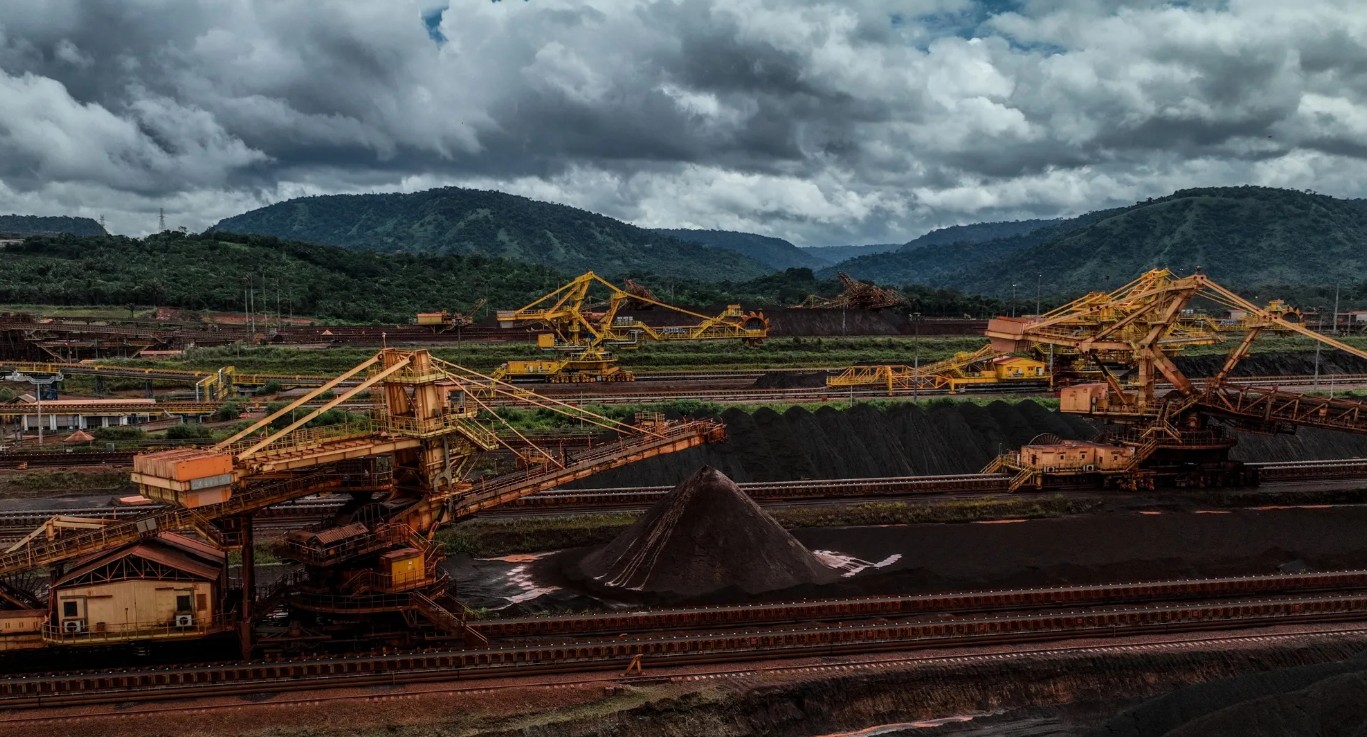

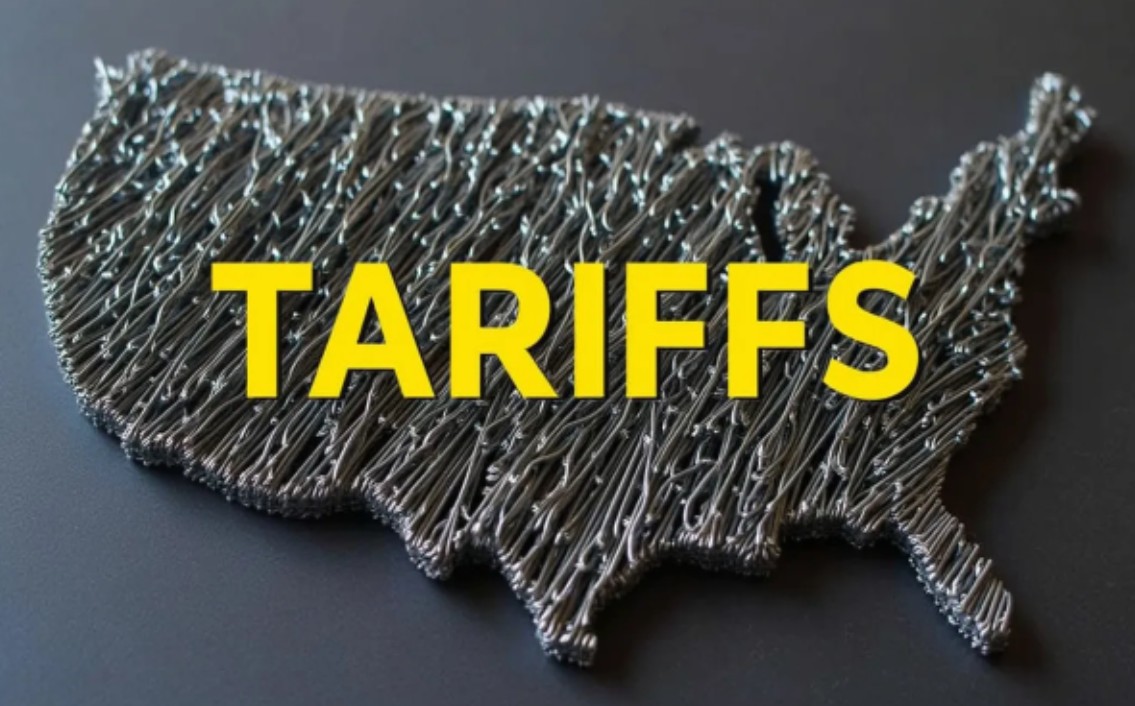

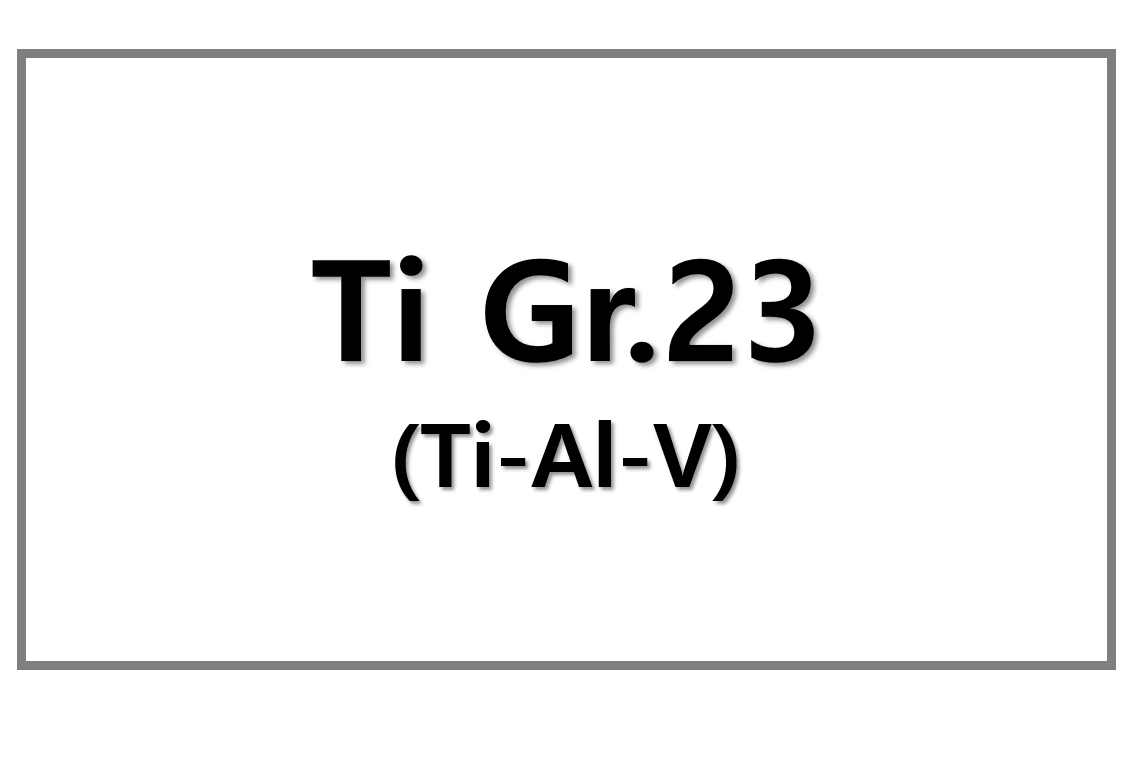
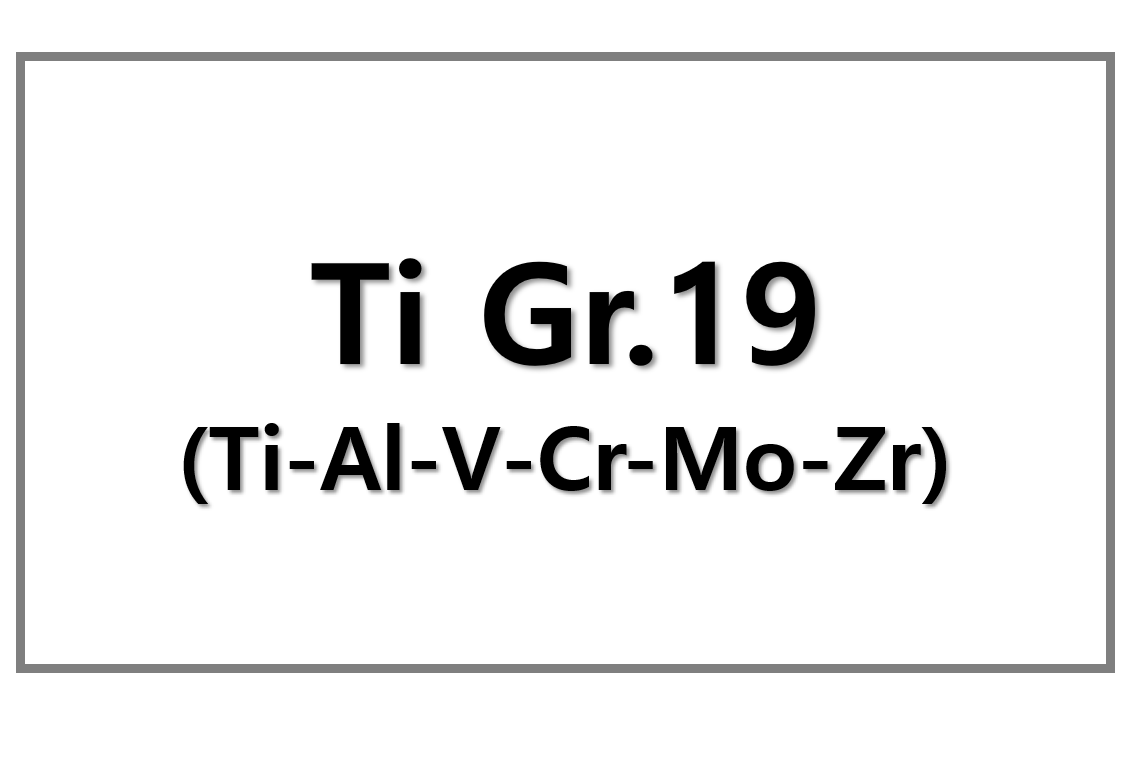
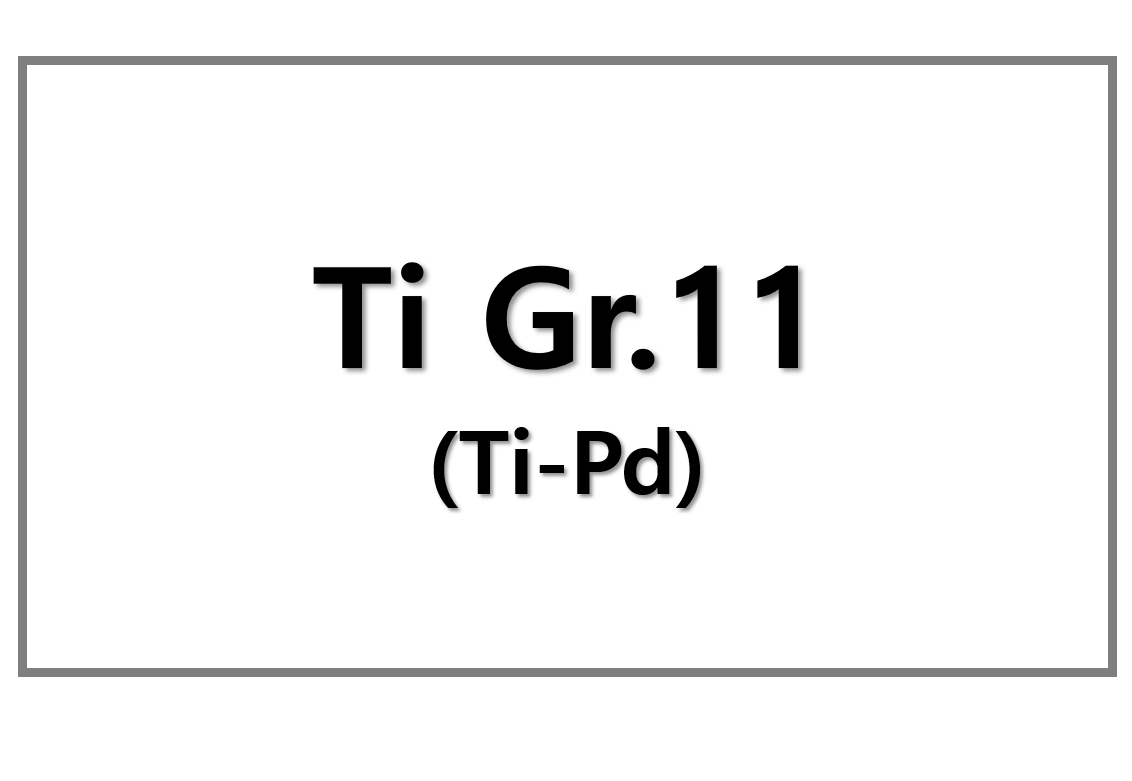
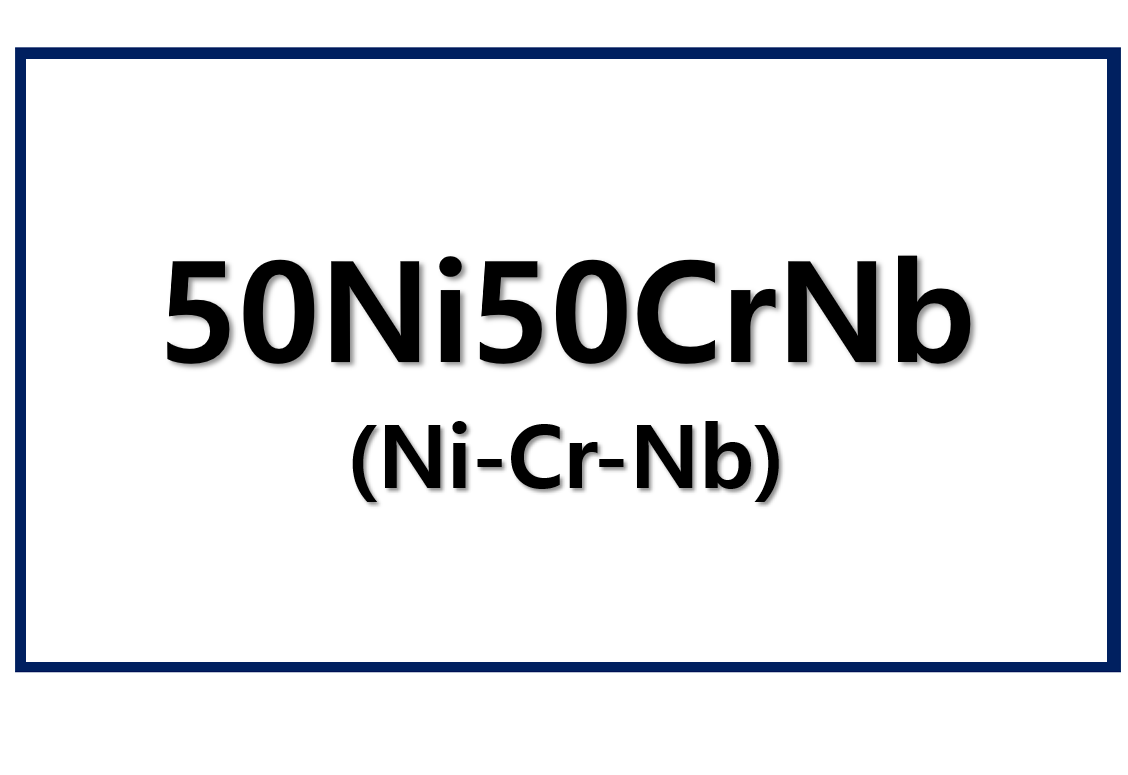
Leave a Reply
You must be logged in to post a comment.